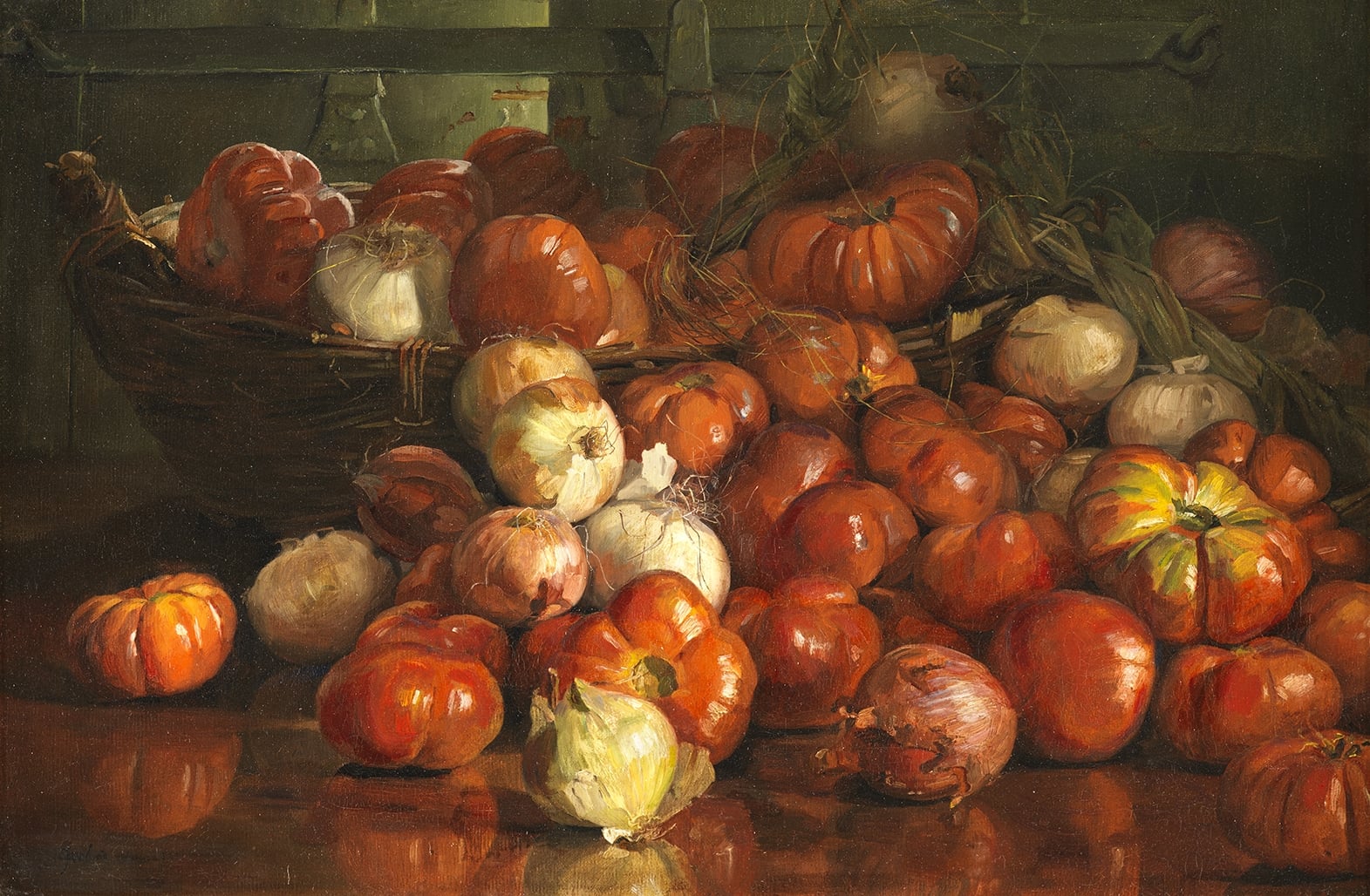
Still life with onions and tomatoes by Catherine M. Wood, 1891
The weather is hot, but you feel the light breeze on your cheeks. It comes from the sea. Tiny waves are playing with the sun’s rays on the surface. Sitting somewhere in the palm shades, you’re enjoying the taste of that lemon drink filled with ice cubes. It’s so refreshing. And the smell of the salt mixed with the spices someone put on the grilling food is entering your nose and completely overwhelms you.
The month of June brings so many flavors and savors of summer. And those Mediterranean, symphony of warmth and delight remind me especially of summer. And that’s why I decided to explore the history of those tantalizing, sun-kissed flavors.
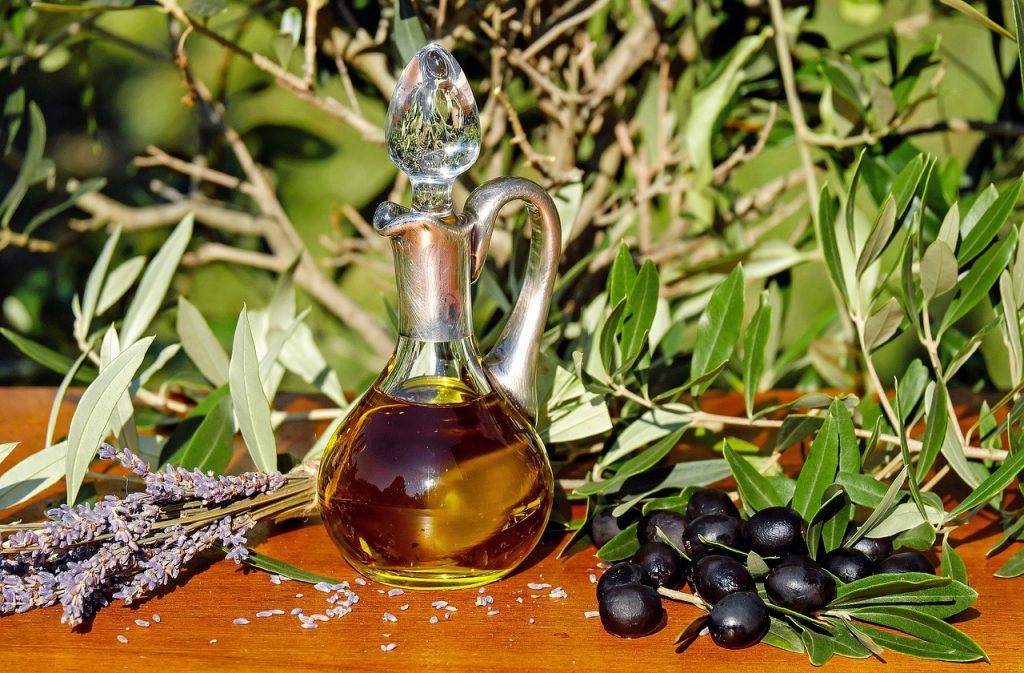
The vibrant flavors and savors of Mediterranean food have captivated food lovers around the world for centuries. From the shores of Greece to the hills of Italy, and the coasts of Morocco to the plains of Lebanon, the Mediterranean offers a diverse array of delicious and healthy dishes. When you create a combination of meat, fish, or fresh vegetables with the spices cultivated in this area for hundreds and even thousands of years, you can reward all your senses. So let’s delve into some of the most popular additions to food that captivates over and over.
Olives: Remarkable Mildness of Flavor
With their distinctive flavors and versatility, olives have been a favorite ingredient in Mediterranean food for thousands of years. In ancient culture, olives were significant and appreciated. They had diverse applications, including the production of oil, ointments, and their use in food and medicine. The olive tree is native to the region and has played a significant role in its cultural and culinary traditions.
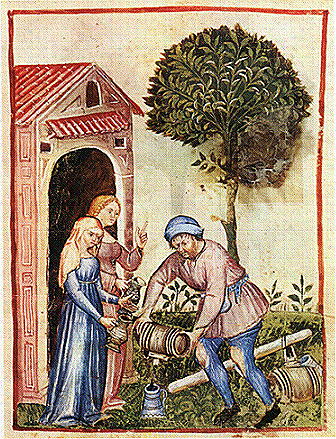
Olives are not only consumed as a snack but are also pressed to make olive oil, a fundamental ingredient in Mediterranean cuisine. Olive oil is used in various dishes, adding a distinct flavor and richness to salads, pasta, and roasted vegetables.
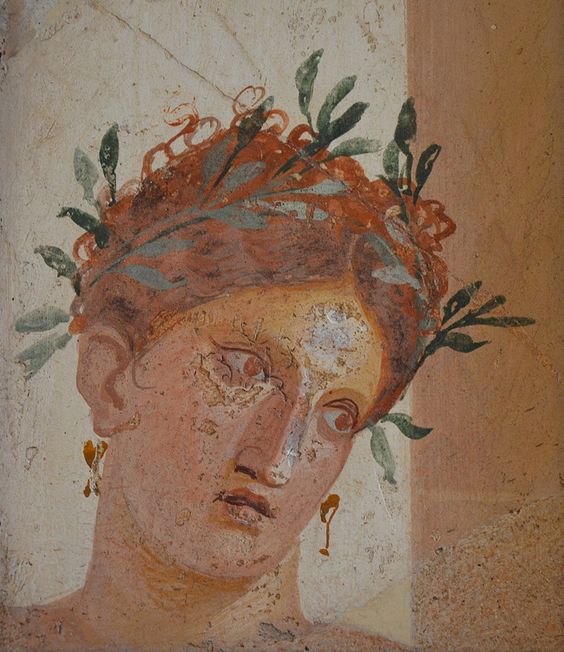
Olive oil was highly appreciated in the Ancient world. Back in the era of Ancient Rome, when talking about Campania, physician and naturalist, Pliny the Elder, in his renowned work “Naturalis Historia” speaks about it:
Parsley for the Stimulation of Memory
Parsley, with its vibrant green leaves and fresh flavor, has a fascinating history that dates back thousands of years. This herb has been cultivated and used for various purposes in different cultures throughout history.
Parsley is believed to have originated in the Mediterranean region, specifically in the eastern Mediterranean and western Asia. It was highly regarded by the ancient Greeks and Romans, who associated it with symbolism and mythology. In Greek mythology, parsley was believed to have sprung from the blood of the hero Archemorus, and it was associated with death and mourning. The Greeks used parsley wreaths to adorn tombs and as a symbol of celebration during the annual festival of the dead, known as the Anthesteria.
Ancient Greek historian Diodorus Siculus calls it “wild celery.”
However, parsley’s reputation shifted during the Roman era. The Romans embraced parsley for its culinary and medicinal properties. It became a popular ingredient in Roman cuisine, used in both fresh and dried forms. Parsley was often used as a garnish, adding a fresh and vibrant touch to dishes.

The Romans recognized it for its potency and its favorable qualities in terms of taste, memory enhancement, scent, sweetness, and even its reputed ability healing properties, including aiding digestion and freshening breath. During the early middle ages, Arab physicians and scholars recognized the medicinal benefits of parsley, incorporating it into traditional herbal medicine.
Later in the medieval era, it was cultivated particularly in monastic gardens. Monasteries played a crucial role in preserving and cultivating herbs, including parsley, for culinary and medicinal purposes. It gradually regained popularity as a versatile herb that could be used to enhance the flavor of various dishes.
Today, the refreshing and vibrant taste of parsley is widely used in Mediterranean food. It is an essential component of the famous Middle Eastern salad but is also combined with bulgur wheat, tomatoes, onions, and lemon juice. Apart from adding flavor, parsley also provides a burst of color to dishes, making them visually so appealing.
The Pungency of Onions
Onions, with their distinct pungency and sweetness, are a versatile ingredient in many recipes for Mediterranean food. They are used as a flavor enhancer in soups, stews, and sauces, and are often sautéed with garlic as a foundation for many dishes. Onions are known for their health benefits, being rich in antioxidants and essential nutrients, and are an integral part of the Mediterranean diet.
Onions have a long history that stretches back thousands of years. That’s why they are the oldest cultivated vegetables known to humanity. It is not certain where onions come from, as they have been cultivated and consumed worldwide for centuries.
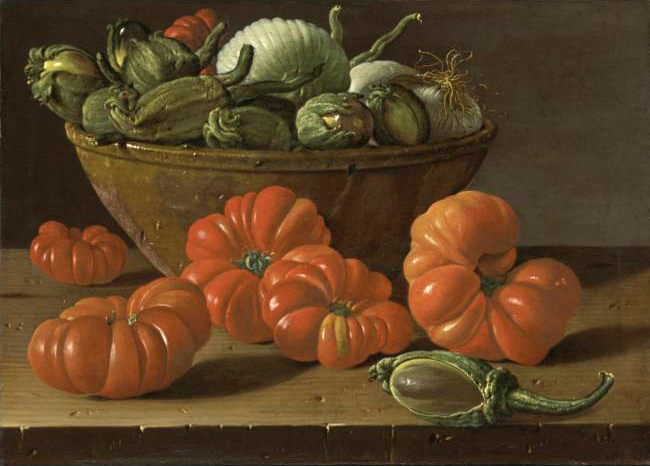
As in many cuisines around the world, onions found their place also in Mediterranean food and culture.
In ancient Egypt, onions held significant cultural and spiritual importance. They were considered a symbol of eternity due to their concentric layers and were often placed in the tombs of pharaohs as a sacred offerings. Onions were also used as a dietary staple and believed to have medicinal properties. The construction of the Great Pyramid of Giza was said to have involved feeding the workers onions to provide sustenance and ward off sickness.
The ancient Greeks and Romans also prized onions for their culinary and medicinal value. They were consumed raw, cooked, or dried, and were included in various dishes and recipes. Pliny the Elder, mentioned onions in his work “Naturalis Historia,” highlighting their medicinal properties:
Later, as civilizations expanded and trade routes flourished, onions spread to different parts of the world. They were introduced to Europe by the Romans and gradually became a vital ingredient in European cuisines. Onions were cultivated in monastic gardens during the Middle Ages and were some of the favorite ingredients of medieval cuisine, adding flavor and depth to soups, stews, and various dishes.
Today, onions are grown and consumed worldwide, with numerous varieties and culinary applications. Onions contain various compounds with potential health benefits, such as antioxidants and anti-inflammatory agents.
Citrons: An Antidote
Citron and lemon, a hybrid of citron and another citrus of specific flavors been cultivated in the Mediterranean region for centuries. Their history spans thousands of years. It is believed lemons originate from Northeast India or Southeast Asia. From there, their use spread all around the world.
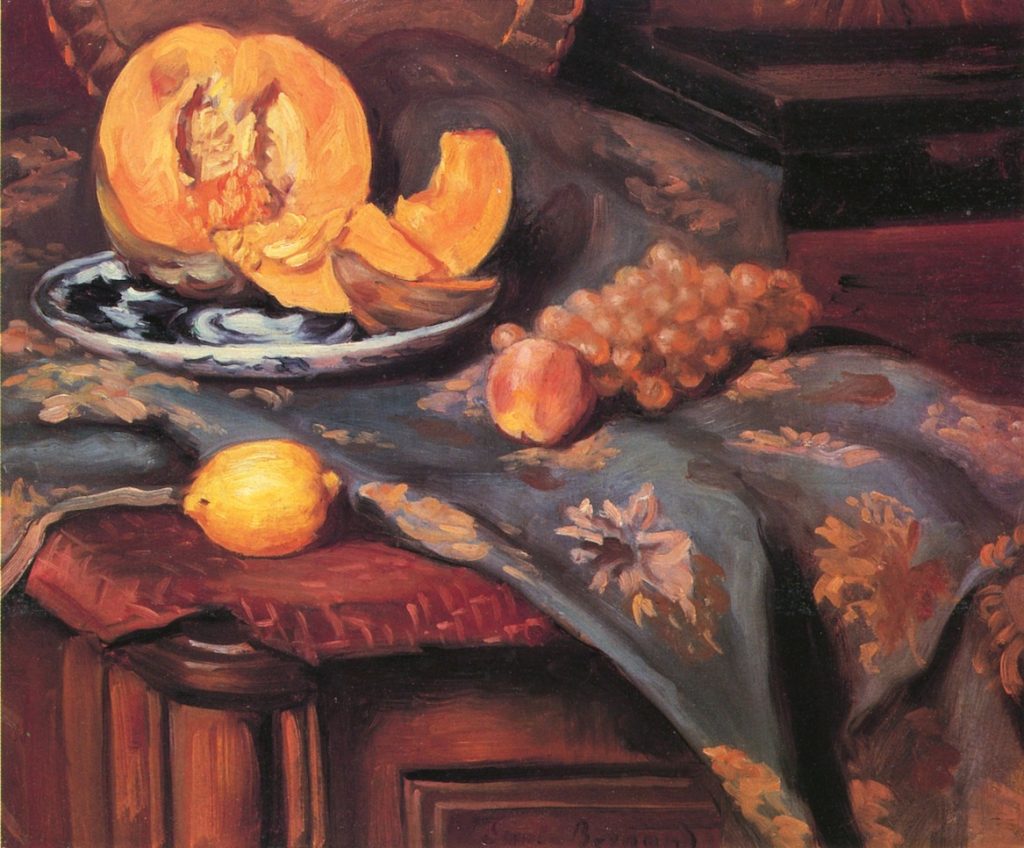
Lemons found a welcoming home in the Mediterranean due to the region’s favorable climate.
During the ancient times, citrons were quite popular in the Mediterranean region.
Pliny the Elder noted:
The Arabs further developed lemon cultivation techniques and established citrus orchards in Spain and North Africa. During the Renaissance period, lemon trees became a common sight in Mediterranean gardens and orchards.
Lemons gained popularity in Europe during the Age of Exploration in the 15th and 16th centuries. As seafaring voyages became more common, sailors carried lemons aboard ships to ward off scurvy during long oceanic journeys. Lemons were considered a valuable commodity and were highly sought after by sailors and traders alike.
In the 18th century, lemon cultivation expanded to the New World, particularly in the Caribbean and the southern regions of the United States. The warm and subtropical climates of these areas proved ideal for growing lemon trees, which thrived and became an integral part of local cuisines.
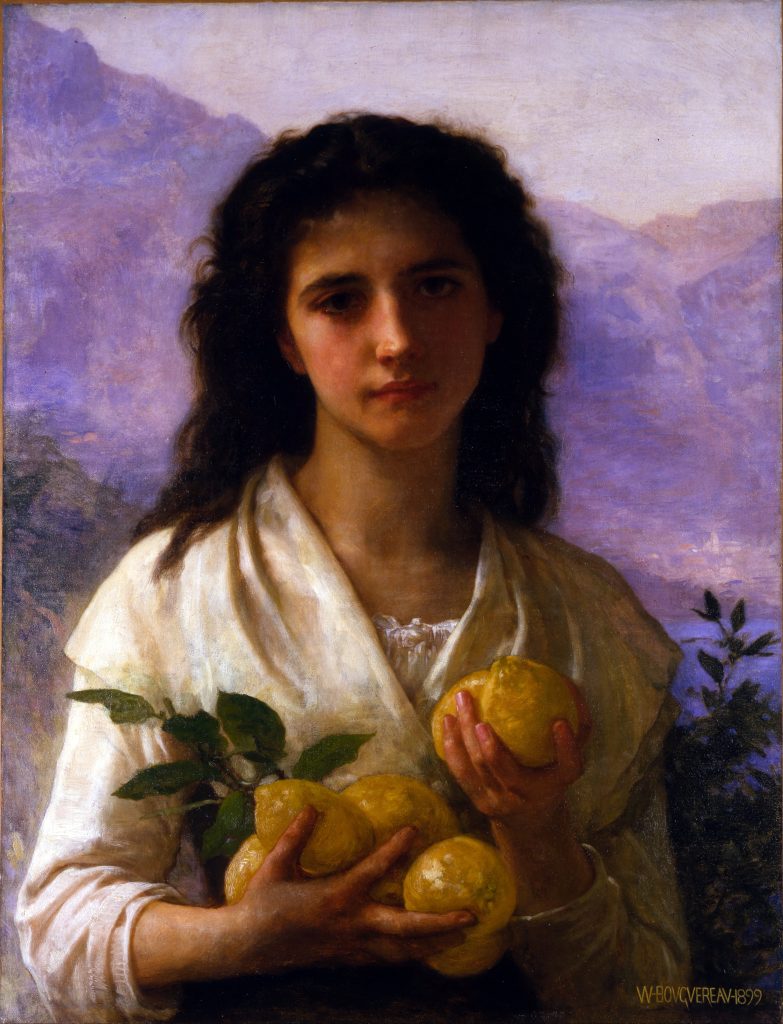
Today, lemons are cultivated in various regions worldwide, including Italy, Spain, the United States, and South American countries. Diverse summer dishes, desserts, and beverages owe their refreshing flavor to lemon. Today, you can taste many marinades, dressings, and sauces, with a refreshing flavor of this fruit with centuries-long tradition.
Tomato: Integrated into Mediterranean Cuisine
Finally, the tomato, although not native to the Mediterranean, has become an indispensable ingredient in the region’s cuisine. Introduced to Europe from the New World in the 16th century, the tomato quickly gained popularity and integrated itself into Mediterranean culinary traditions.
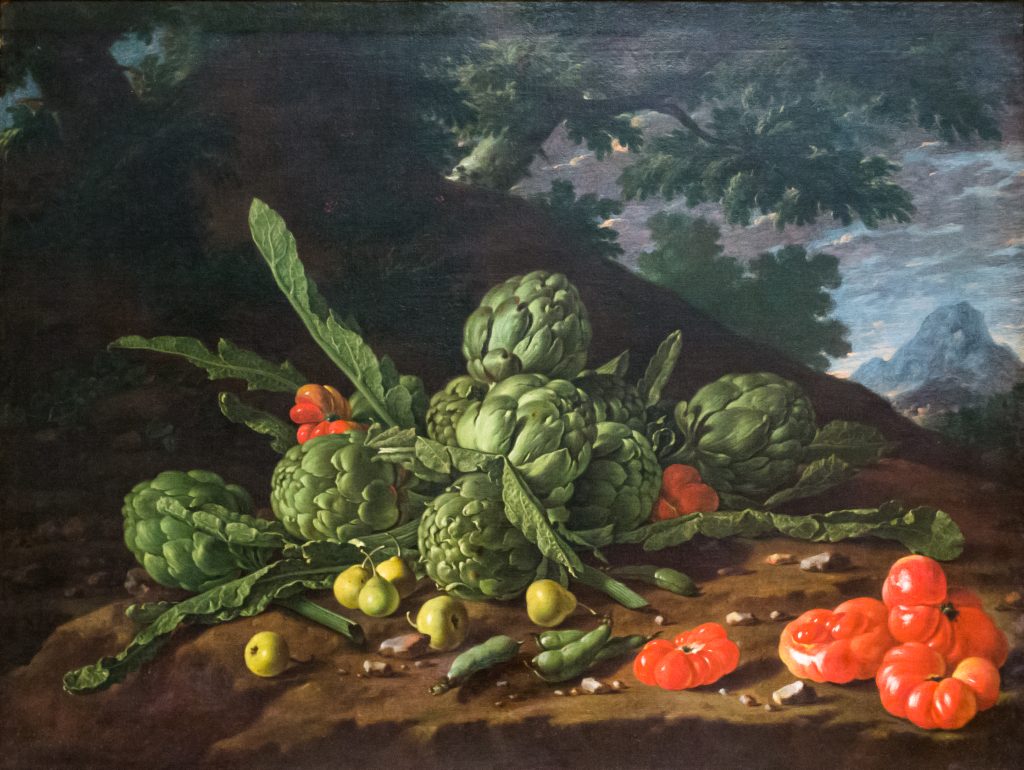
The tomato, a South American native, and cultivated by ancient Mesoamerican civilizations such as the Aztecs and Incas has become one of the most widely consumed fruits in the world.
Fearring Burr, Jr., an American horticulturist, and writer, described it:
When Spanish explorers encountered the tomato in the 16th century during their expeditions to the New World, they were intrigued by its vibrant appearance. The explorers brought tomato plants back to Europe, where they were initially grown as ornamental plants due to their attractive fruits.
In the 18th century in southern Italy, particularly in Naples, the tomato began to be recognized and embraced as a culinary ingredient. Italian peasants and lower-class citizens started using tomatoes in their traditional dishes, such as sauces and pizzas. The introduction of tomatoes into Italian cuisine revolutionized culinary practices and contributed to the rise of popular Italian dishes like spaghetti with tomato sauce.
Through the centuries, the tomato has undergone significant changes through selective breeding and hybridization. Modern tomato varieties come in different shapes, sizes, and colors, offering a range of flavors and culinary possibilities for Mediterranean food. They are grown in various regions across the globe, benefiting from different climates and agricultural practices.
Today, tomatoes are one of the favorite ingredients in Mediterranean food used in a wide range of dishes, from fresh salads to pasta sauces and stews. Their vibrant color, tangy flavor, and juicy texture make them a favorite ingredient in Mediterranean cooking.
The history of Mediterranean food has a significant place in the cultural history of this region. With the centuries-long diverse interactions, every traditional dish of this region tells its story full of rich flavors and savors. This history can be tasted. Maybe that’s the reason it’s attractive to so many food lovers.